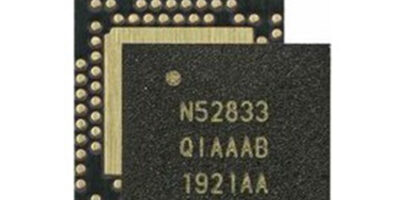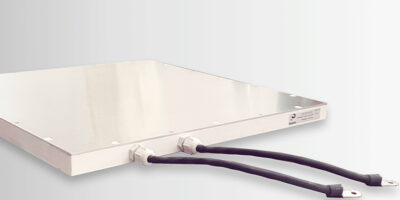Two mainstream machine learning (ML) processors, have been introduced by Arm, together with the latest Mali graphics and display processors.
The Ethos-N57 and Ethos-N37 neural processing units (NPUs) enable artificial intelligence (AI) applications and balancing ML performance with cost, area, bandwidth, and battery life constraints.
The Mali-G57 graphics processing unit (GPU) is the first mainstream Valhall architecture-based GPU and the Mali-D37 display processing unit (DPU) which delivers a rich display feature set within the smallest area, claims Arm. The DPU is intended for entry-level devices and small display screens, adds Arm.
The Ethos-N57 and Ethos-N37 NPUs enable truly heterogeneous computing, claims Arm.
They are additions to the ML processor family, including the earlier Ethos-N77. The suite of products designed to solve complex AI and ML compute challenges, and for consumer devices, they are optimised for cost- and battery life-sensitive designs, adds Arm.
Both the Ethos-N57 and Ethos-N37 are optimised to support Int8 and Int16 datatypes, with data management techniques to minimise data movement and associated power. There is a 200 per cent performance improvement compared with other NPUs, through techniques such as Winograd implementation, according to Arm.
The Ethos-N57 is designed to provide a balance of ML performance and power efficiency. It is optimised for two Tera operations per second (TOPS) ML performance range.
The Ethos-N37 is claimed to provide the smallest footprint ML inference processor (less than 1mm2). It is optimised for one TOPS ML performance range.
The Mali-G57 GPU brings intelligent and immersive user experiences – such as high-fidelity gaming, console-like graphics on mobile, 4K/8K user interfaces on DTVs, and more complex augmented and virtual reality workloads – to the mainstream.
The Mali-G57 includes 1.3x better performance density across a range of content compared to the Mali-G52 and 1.3x improvements in energy efficiency leading to longer battery life, reports Arm.
Foveated rendering support for virtual reality (VR) and 60 per cent better on-device ML performance for more complex xR workloads.
The Mali-D37 DPU has an area efficiency which is configurable to an area of less than 1mm2 on 16nm for Full HD and 2K resolutions.
It offers system power savings of up to 30 per cent through offloading core display tasks from the GPU and memory management features, including MMU-600.







